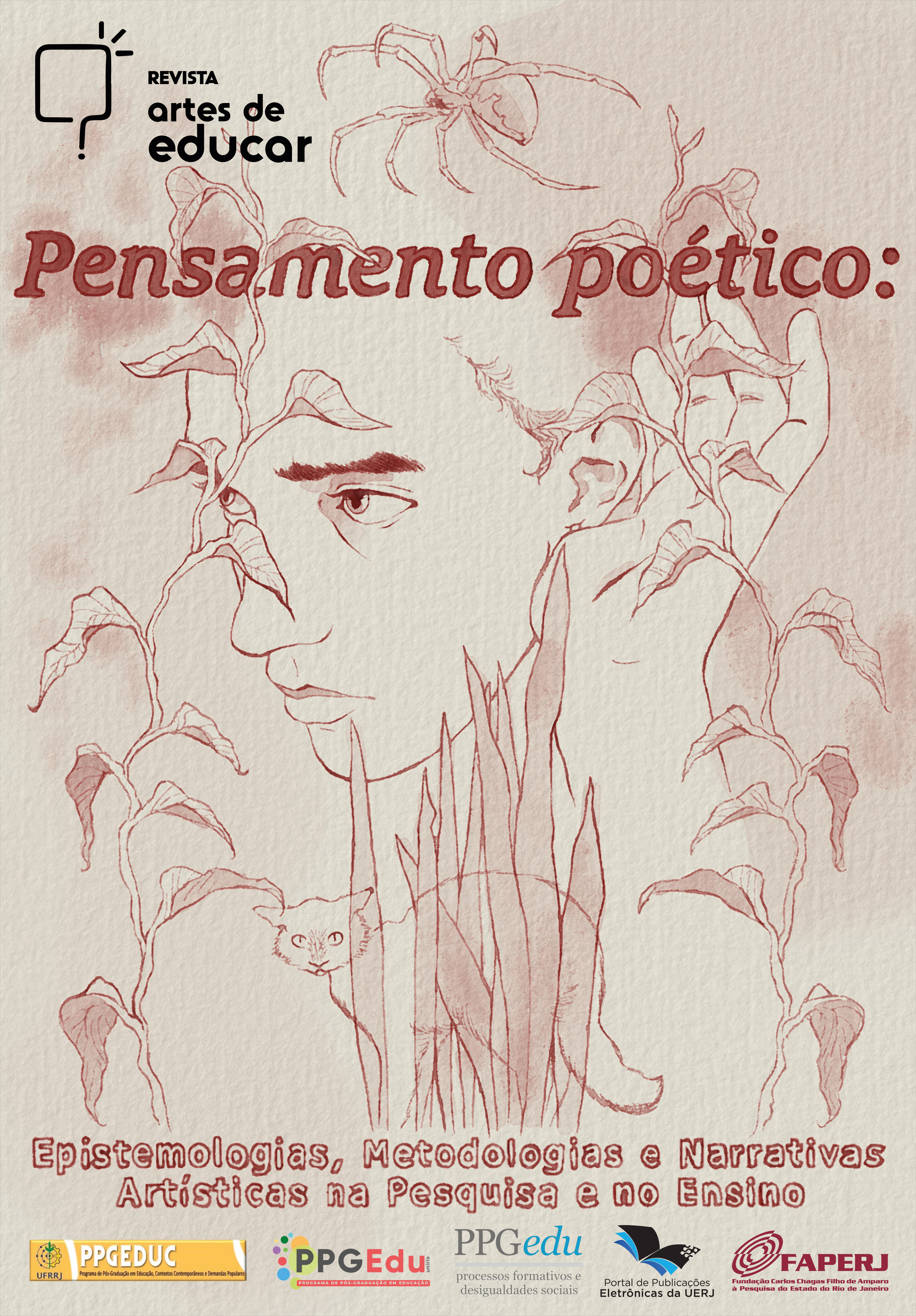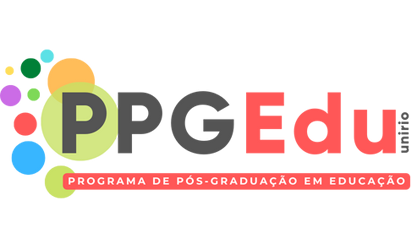The power of laughter and the power that laughes: two forms of ridicularization of power figures
DOI:
https://doi.org/10.12957/riae.2024.84930Keywords:
Power, Laughter, Politics, Ubuesque power, ResistanceAbstract
The article explores the relationship between laughter and power through two very different forms of ridiculing figures of power. For the first, we take as our main reference the analysis of laughter among the Chulupi indigenous people carried out by Pierre Clastres. The laughter provoked by two myths of this ethnic group appears in the anthropologist's analysis as a way of mitigating the fear provoked by shamans and jaguars, figures that in the daily reality of the ethnic group incite fear and respect. By becoming laughable like figures of shamans and jaguars, the two comic myths would operate, on a symbolic level, a form of resistance to excesses of power. On the other hand, in the second form of ridicule that we highlighted, laughter appears to have the opposite effect in relation to excesses of power. This is because, when we take Foucault's analysis of Ubuesque power as a reference, we see that, in specific cases, when a figure of power promotes ridicule of himself in a process of self-disqualification, we do not always have the effect of subtracting his authority or his deposition. On the contrary, in the exercise of Ubuesque power, what happens is the expansion of the powers of this figure who becomes grotesque and is no longer limited to what would be identified as his reasonable and socially expected function.
Downloads
Published
How to Cite
Issue
Section
License
Copyright (c) 2024 Thiago Fortes Ribas, Gisele Batista Candido

This work is licensed under a Creative Commons Attribution-NonCommercial 4.0 International License.
Authors retain copyright to their work, are permitted to publish and distribute their work online (e.g., in institutional repositories or on their personal page) at any point before or during the editorial process, as this may generate productive changes, as well as increasing the impact and citation of published work.
The acceptance of the text implies the authorization and exclusivity of the Revista Interinstitucional Artes de Educar regarding the right of first publication, the published works are simultaneously licensed with a Creative Commons Attribution-Non Commercial 4.0 International License 























